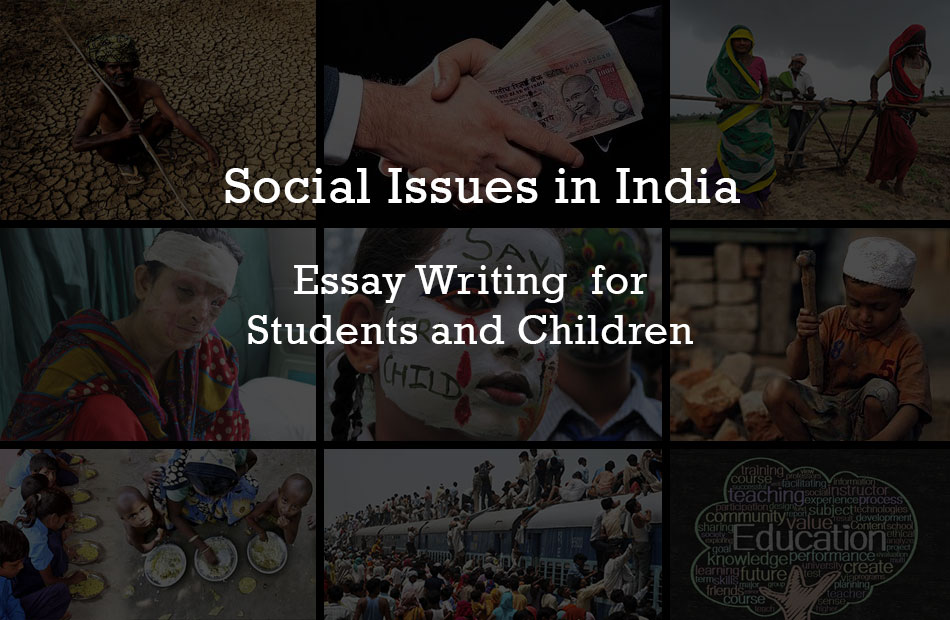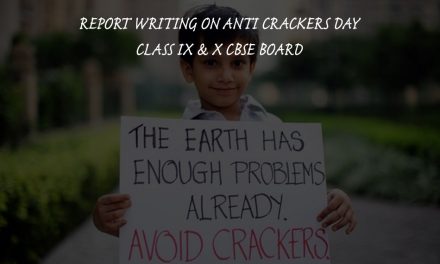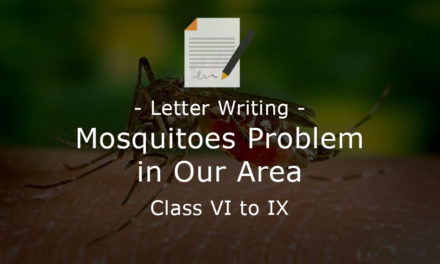Essay On Social Issues in INDIA – Nowadays students of class 9th to B.A are asked to prepare a report or write an essay on the topic “Social Issues in INDIA” as homework. This is to help students so they can do their homework with ease because this is the kind of topic on which they are required to write an essay write-up.
Project On Social Issues In India | Social Issues Essay
So you can write the Essay on Social Issues in INDIA from here. You may also copy the below text and get it printed. You may shorten or increase the word limit as per your need by writing some of your thoughts about it.
Essay On Social Issues in India | Article On Social Issues In English
Summary
INDIA is a great country and according to some studies, India has been facing some social issues for many years.
From a very old time, many social issues have been happening in INDIA. INDIA has been a very natural and multi-color society from the old times and is very complex in terms of its rituals, regions, languages, religions, festivals etc.
INDIA has experienced and witnessed many types of social issues from a long period of history.
India has got many experiences from a long period of history and India has received and witnessed several waves of immigrants such as Aryans, Mughals etc.
1) OVERPOPULATION:
The population of India is an estimated 1.27 billion Though India ranks second in population; it ranks 33 in population density. Indira Gandhi, Prime Minister of India, had implemented a forced sterilisation program in the early 1970s but the program failed. Officially, men with two children or more were required to be sterilised, but many unmarried young men, political opponents and ignorant, poor men were also believed to have been affected by this program. This program is still remembered and regretted in India, and is blamed for creating a public aversion to family planning, which hampered Government programs for decades.
2) ECONOMICS ISSUES:
(A) POVERTY- Poverty has become a major problem of India. India suffers from substantial poverty. In 2012, the Indian government stated 21.9% of its population is below its official poverty limit. The World Bank, in 2011 based on 2005’s PPPs International Comparison Program, estimated 23.6% of the Indian population, or about 276 million people, lived below $1.25 per day on purchasing power parity. According to the United Nations Millennium Development Goal (MGD) programme 270 million or 21.9% people out of 1.2 billion of Indians lived below the poverty line of $1.25 in 2011-2012 as compared to 41.6% in 2004-05.
Official figures estimate that 27.5% of Indians lived below the national poverty line in 2004–2005. A 2007 report by the state-run National Commission for Enterprises in the Unorganized Sector (NCEUS) found that 25% of Indians, or 236 million people, lived on less than 20 rupees per day with most working in “informal labour sector with no job or social security, living in abject poverty.
(B) CORRUPTION- Corruption in India is a major issue that adversely affects its economy. A study conducted by Transparency International in 2005 found that more than 62% of Indians had firsthand experience of paying bribes or influence peddling to get jobs done in public offices successfully. In its study conducted in 2008, Transparency International reports about 40% of Indians had firsthand experience of paying bribes or using a contract to get a job done in public office.
In 2015, India was ranked 85th out of 175 countries in Transparency International’s Corruption Perceptions Index, compared to its neighbours Bhutan (30th), Bangladesh (145th), Myanmar (156th), China (100th), Nepal (126th), Pakistan (126th) and Sri Lanka (85th). This is the second least corruption rank for India in the whole of South Asia. In 2013, India was ranked 94th out of 175 countries.
Most of the largest sources of corruption in India are entitlement programmes and social spending schemes enacted by the Indian government. Examples include Mahatma Gandhi National Rural Employment Guarantee Act and National Rural Health Mission. Other daily sources of corruption include India’s trucking industry which is forced to pay billions in bribes annually to numerous regulatory and police stops on its interstate highways.
(3) EDUCATION:
INITIATIVES- Since the Indian Constitution was completed in 1949, education has remained one of the priorities of the Indian government. The first education minister Maulana Azad founded a system of education which aimed to provide free education at the primary level. Primary education was made free and compulsory for children from 6-14, and child labour was banned. The government introduced incentives to education and disincentives for not receiving education – for instance, the provision of mid-day meals in schools were introduced.
Many similar initiatives echoed, and the largest of such initiatives is Sarva Shiksha Abhiyan, which actively promoted “Education for All”. In line with this, the United Progressive Alliance (UPA) aimed to increase their expenditure on education to 6% of its Gross Domestic Product (GDP) from values fluctuating about 3% through their National Common Minimum Programme (NCMP) in 2004. The Right of Children to Free and Compulsory Education Act was also imposed in 2009. Despite these initiatives, education continues to persist as an impediment to development.
ISSUES- While many schools were built, they had poor infrastructure and inadequate facilities. Schools in the rural areas were especially affected. According to the District Information System for Education (DISE) in India in 2009, only about 51.5% of all schools in India have boundary walls, 16.65% have computers and 39% have electricity. Of which, only 6.47% of primary schools and 33.4% of upper primary schools have computers, and only 27.7% of primary schools have electricity. Learning in poorly furnished schools was not conducive, resulting in poor quality education.
Furthermore, the absence rates of teachers and students were high, while their detainment rates were low. The incentives for going to school were not apparent, while punishment for absence was not enforced. Despite the government’s decree on compulsory education and the child labour ban, many children were still missing classes to go to work. The government did not interfere even when children missed school.
Economic and social disparities also plague the fundamentals of the education system. Rural children are less able to receive education because of greater opportunity costs, since rural children have to work to contribute to the family’s income. According to the Annual Status of Education in 2009, the average attendance rate of students in the rural states is about 75%. Though this rate varies significantly, states like Uttar Pradesh and Bihar had more than 40% absentees during a random visit to their schools. In the urban states, more than 90% of the students were present in their schools during a visit.
OPPORTUNITY FOR YOUTH- Take India, one of the youngest countries in the world, where youth accounted for 20% of the total population in 2011, according to the Registrar General of India. However, youth unemployment remains high in India.
4) VIOLENCE:
(A) RELIGIOUS VIOLENCE- Constitutionally India is a secular state, but large-scale violence have periodically occurred in India since independence. In recent decades, communal tensions and religion-based politics have become more prominent.
In the 1990s, violent attacks on Christians in India were reported. The acts of violence include arson of churches, forced conversion of Christians to Hinduism, distribution of threatening literature, raping of nuns, and murder of Christian priests and destruction of Christian schools, colleges, and cemeteries. The Sangh Parivar and related organisations have stated that the violence is an expression of “spontaneous anger” of “vanvasis” against “forcible conversion” activities undertaken by missionaries, a claim described as “absurd” and rejected by scholars.
Between 1964 and 1996, thirty-eight incidents of violence against Christians were reported. In 1997, twenty-four such incidents were reported. In 2007 and 2008 there was a further flare up of tensions in Odessa, the first following the Christians’ putting up a Pan dhal in land traditionally used by Hindus and the second after the unprovoked murder of a Hindu Guru and four of his disciples while observing Janmashtami puja. This was followed by an attack on a 150-year-old church in Madhya Pradesh, and more attacks in Karnataka.
(B) TERRORISM- The regions with long term terrorist activities today are Jammu and Kashmir, Central India (Naxalism) and Seven Sister States (independence and autonomy movements). In the past, the Punjab insurgency led to militant activities in the Indian state of Punjab as well as the national capital Delhi (Delhi serial blasts, anti-Sikh riots). As of 2006, at least 232 of the country’s 608 districts were afflicted, at differing intensities, by various insurgent and terrorist movements.
Terrorism in India has often been alleged to be sponsored by Pakistan. After most acts of terrorism in India, many journalists and politicians accuse Pakistan’s intelligence agency, the Inter-Services Intelligence of playing a role.
(C) MAOIST INSURGENCY- Maoist is an informal name given to communist groups that were born out of the Sino-Soviet split in the Indian communist movement. Ideologically they belong to various trends of Maoism. Initially the movement had its centre in West Bengal. In recent years, they have spread into less developed areas of rural central and eastern India, such as Chhattisgarh and Andhra Pradesh through the activities of underground groups like the Communist Party of India (Maoist). The CPI (Maoist) and some other Naxal factions are considered terrorists by the Government of India and various state governments in India.
Tada! hope it helps
Essay On Any Social Issue
This “Article On Social Issues In English” can be used for essay writing on any kind of social issues in India. You may play with words a little and you may do it easily.
Conclusion
If you need any guidance or help then please write to us in the comments box and we will try our best to revert back to you with the best possible answer or solution to your query.
Kindly share the post with your friends, classmates and family members so they can do their homework on “Essay Writing on Social Issues in INDIA”. As they say “Sharing is Caring” Enjoy!







Recent Comments